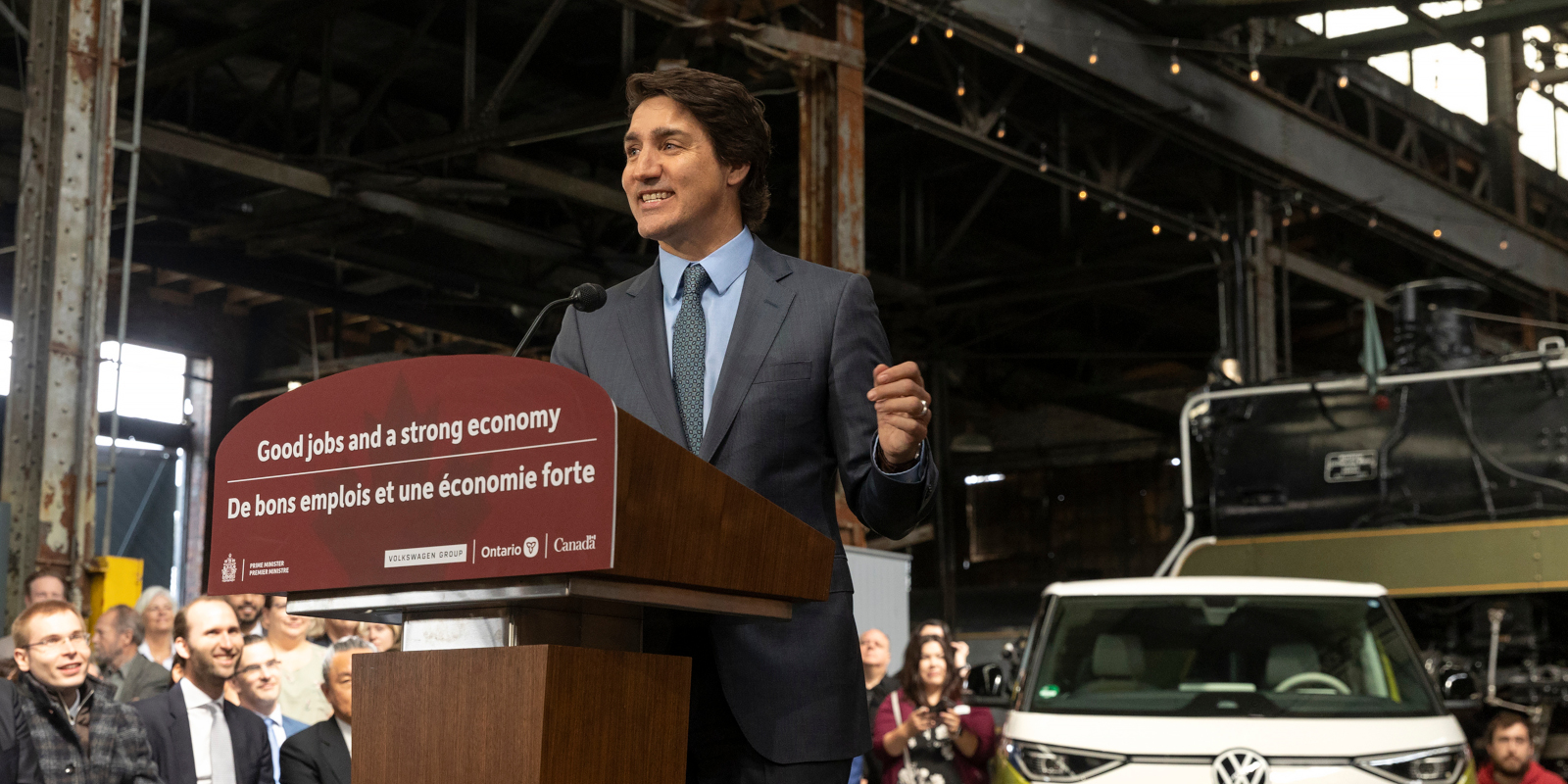Over the past few weeks, pro-Palestinian protestors across the United States have set up tent encampments, including at Columbia University, New York University, Emory University, the University of California Los Angeles, and the University of Texas at Austin. They are demanding their university administrations divest from Israel and corporations they believe are financing Israel’s campaign in Gaza.
While attendees insist their encampments have been peaceful, welcoming, and a form of free speech, critics are accusing them of acts of violence, antisemitism, and damaging school property. A handful of the encampments have begun to be dismantled by law enforcement, with some 900 protestors being arrested.
Here in Canada, pro-Palestinian protesters built an encampment on McGill University’s campus. Those protestors, who have been camped out for six days, are calling on their university to cut what they describe as its major financial ties with Israel. McGill University president Deep Saini stated his university would be resorting to police enforcement to break up the gathering after a resolution could not be reached. In a statement, McGill said many of the protesters had no association with the university. There is also an encampment that has formed at the University of British Columbia.
This morning, students set up tents at The University of Toronto. Administration had previously cautioned students that, “Unauthorized activities such as encampments or the occupation of University buildings are considered trespassing.”

Here are five Tweets that capture what’s going on at student encampments in the U.S. and Canada.
At Columbia University, an encampment spokesperson was taunted online after her request that her fellow protestors be provided with adequate food. “Do you want students to die of dehydration and starvation or get severely ill?” she asked Columbia University administrators. “If the answer is no, then you should allow basic…humanitarian aid.” “Could people please have a glass of water?” she told reporters.
Later this week, that encampment was cleared by the New York Police Department donning riot gear. They stormed university buildings, where protestors had barricaded themselves inside. Police used a ladder to enter the campus through a second-floor window. As protestors were confronted they called the officers the “KKK.”
During the chaos at the University of North Carolina at Chapel Hill encampment, some counter-protestors surrounded the school’s American flag, ensuring it was protected. They claimed the protestors were trying to replace it with the Palestinian flag. Memers online have jokingly compared the counter-protestors to Second World War soldiers who raised the flag at Iwo Jima.
In Montreal, protestors endured rain and mud while singing and playing drums. Other encampments have included reading centres and arts and craft areas.
Two concerned students brought an application to the Superior Court of Quebec, seeking an injunction to force the removal of the encampment, claiming it made them feel unsafe. It was rejected yesterday.
Dov Waxman, a Jewish UCLA professor said that while he has opposed many of the Israeli government’s actions over the years, he would not be joining the encampments because “…it is not just a protest against the war in Gaza.” He insisted that, “Students and faculty demonstrating in support of Palestinians shouldn’t ignore the fact that the organizers of these demonstrations are, in many cases, ideologically committed to eradicating Israel and expelling Israeli Jews.”
The Israel-Hamas war began on October 7th, 2023, with the murder of 1,200 people in Israel and the kidnapping of 250 people by the terrorist group Hamas. Since then, the Hamas-run Gaza health ministry asserts the Israeli military has killed more than 34,000 Palestinians. Ceasefire talks are ongoing.
Recommended for You

Ginny Roth: J.D. Vance, Pierre Poilievre, and how they slice their economic pie

David Polansky: As President Biden leaves the race, will the Democratic Party hodgepodge hold?

Peter Menzies: The mainstream media should love Doug Ford, now that he’s subsidizing them

Geoff Russ: A future Conservative government must fight the culture war, not stand idly by










